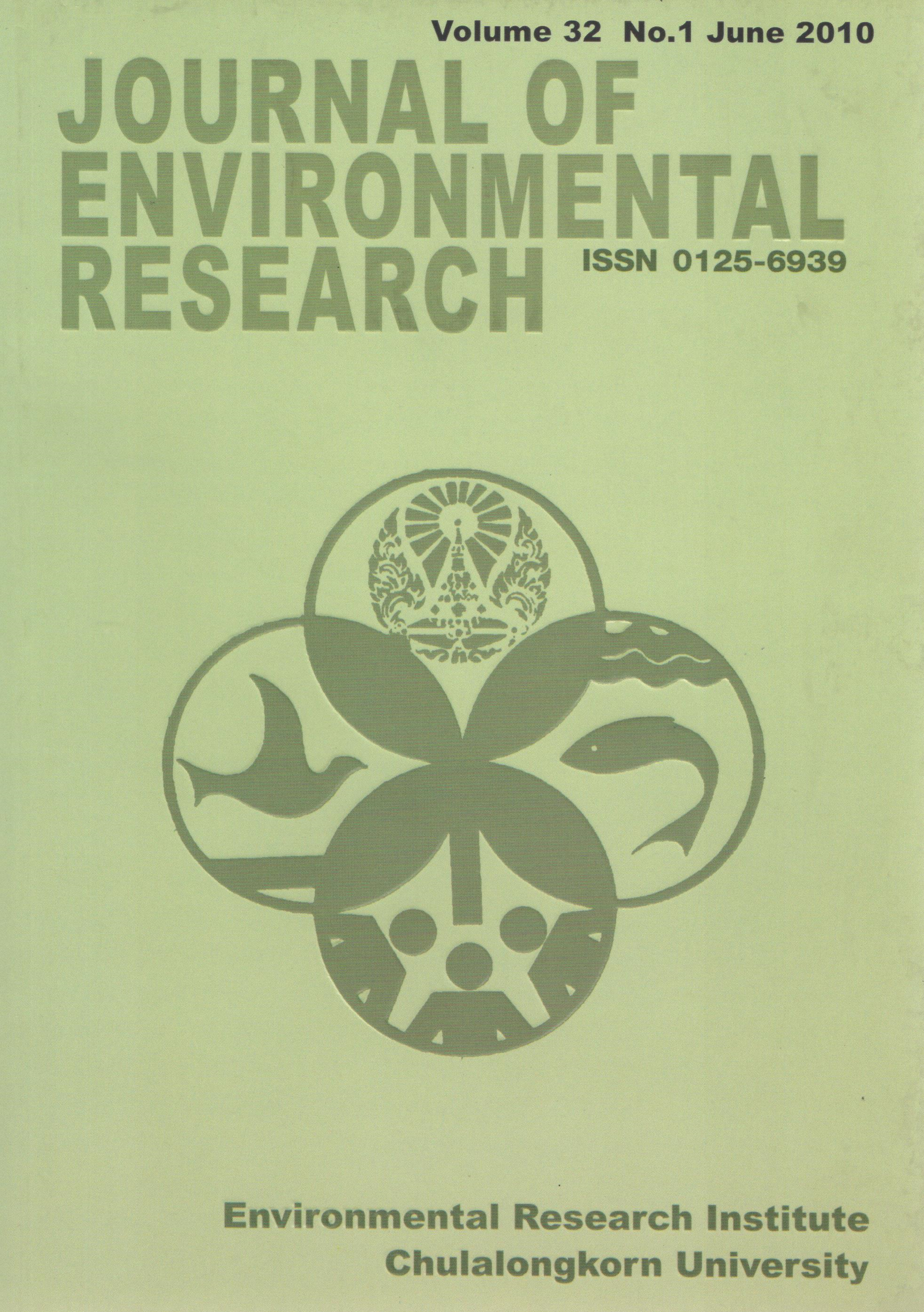Trends in Temperature and Rainfall Extreme Changes in Bangkok Metropolitan Area
Main Article Content
Abstract
Trends in temperature and rainfall extremes in the Bangkok Metropolitan area were analyzed on the basis of 3 high-quality series of daily data. A set of core climate extreme indices recommended by the WMOCCL/ CLIVAR Expert Team on Climate Change Detection, Monitoring and Indices (ETCCDMI) that measures many aspects of a changing climate including changes in intensity, frequency and duration of temperature and rainfall events was computed. Analysis of these indices provided clear evidence that different aspects of temperature and rainfall extremes in the Bangkok Metropolis exhibited significant changes during 1965- 2006. The region has been clearly warming over the last few decades and extremes of temperature have changed accordingly. It was found that the frequency of warm days/nights has significantly increased while the frequency of cool days/nights has significantly decreased. In addition, there have been significant increases in the number of summer days and tropical nights, but the annual occurrence of cold spell duration has significantly decreased. Significant rainfall change was marked by a pronounced increase in total rainfall amount especially during summer monsoon period. In association with the change in mean state of rainfall amounts, there were coherent changes towards increases in both frequency and intensity of heavy rainfall events. Another noteworthy feature is that the Bangkok Metropolis has experienced more intense daily rainfall, as its index showed a significant increase in the recent decades. These findings suggest that the risk of disasters associated with temperature and rainfall extreme changes such as severe and flash floods in Bangkok Metropolitan area will increase and affect on millions of people, socio-economic and bio-physical environment. Impacts and consequences of such extreme rainfall and temperature events can substantially wipe out development gain and significantly reduce the standard of living as well as compound environmental degradation. Therefore, detailed study on vulnerability and risk assessment is urgently needed to provide valuable insights of adaptation strategy, disaster preparedness and management plan for Bangkok Metropolis, and to move forward as climate resilient sustainable development in a mega-city as well.
Article Details

This work is licensed under a Creative Commons Attribution-NonCommercial 4.0 International License.
Published articles are under the copyright of the Applied Environmental Research effective when the article is accepted for publication thus granting Applied Environmental Research all rights for the work so that both parties may be protected from the consequences of unauthorized use. Partially or totally publication of an article elsewhere is possible only after the consent from the editors.

